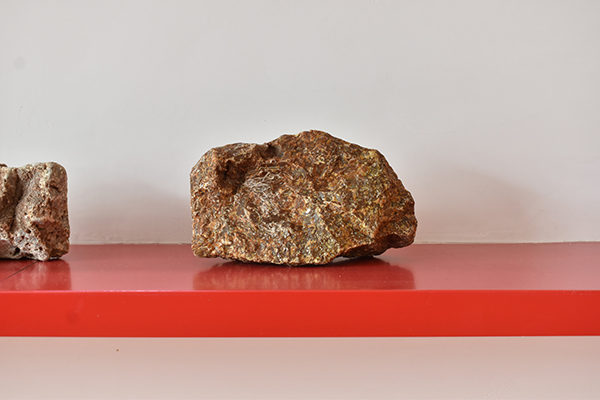The masonry method and main points of the permanent floor of the furnace bottom are as follows: light burnt magnesia powder manufacturer
(1) Check the vent holes on the steel structure to ensure that all vent holes are unblocked.
(2) Check the gas supply sleeve to ensure that there is no breakage, deformation or desoldering, and ensure that the pipe is unblocked.
(3) The permanent layer of the furnace bottom magnesia brick is laid flat with M-I bricks. When it is laid to the arc steel plate close to the furnace shell, semi-dry magnesia fire mud is used for ramming. The ramming material is required to be the same as the magnesia brick.
(4) The flat-laying magnesia brick layers are all built by the cross method. The direction of laying tiles on one layer can be chosen arbitrarily, but the angle of laying tiles on the upper and lower layers should be staggered by 45° ~ 60°. When the furnace bottom is built close to the arc section of the furnace bottom, the brine magnesia fire clay is used for ramming. The ramming material is required to be level with the brick layer, not higher than the brick surface of the same layer, and strict ramming is required.
(5) When laying the furnace bottom to the position of the gas supply bricks, pay attention to the hole of the furnace bottom steel plate as the center, and reserve a square hole of 300mm×300mm to install the gas supply bricks.
(6) The permanent layer is dry-laid with magnesia fire clay. When a layer of bricks is finished, spread the magnesia ash and scrape it back and forth with a flat shovel to fill the joints of the bricks with magnesia fire clay.
(7) Set up an arc-shaped sample plate and check whether its arc is consistent with the outer radius of the furnace bottom working layer. It is required that the search must be accurate and the support must be firm.
(8) The proportion of brine magnesia fire clay is 70% magnesia fire clay, 30% fine magnesia, and an appropriate amount of brine.
